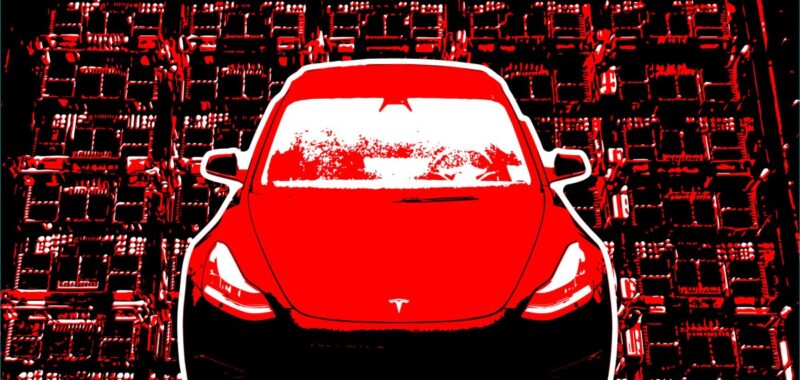Elon Musk said he hopes to launch a service that will let people hail self-driving Tesla vehicles in California and Texas sometime in 2025 — and claims his company has already been testing the service in the Bay Area with employees.
The comments, made Wednesday on Tesla’s third-quarter earnings call, go farther than what Musk promised two weeks ago at its Cybercab unveiling event. On that stage, Musk promised that Model 3 and Model Y owners would be able to use an “unsupervised” version of Tesla’s Full Self-Driving software in California and Texas. But he made no mention of the ride-hailing network, despite Tesla having teased the idea for years.
It’s unclear if Tesla would be required to get permission from California’s Department of Motor Vehicles to conduct the tests Musk said his company is already performing. The DMV did not immediately respond to a request for comment.
David Lau, Tesla’s VP of software engineering, said on the call that the cars employees have been hailing have had safety drivers at the wheel. And to be clear, no Tesla vehicles can currently drive themselves without human intervention.
Today, Tesla’s Full Self-Driving software, or FSD, is considered an advanced driver assistance system — not a self-driving system like the one Waymo uses in its robotaxis. FSD offers some automated features that are available on highways and city streets, however the system still requires the driver to pay attention and take control.
Musk said on the call that Tesla would go through the proper regulatory approval process in California before opening such a service to everyday consumers, though he lamented the red tape and said he expects smoother process in his home state of Texas. The regulatory process in California to launch a commercial robotaxi service has multiple tiers that require approval from the DMV and the California Public Utilities Commission. Waymo is the only company currently allowed to operate a commercial drvierless robotaxi service in San Francisco.
Musk also opined that Tesla might launch the service in other states by the end of next year, too.
These claims come after years of Musk overpromising on Tesla’s ability to develop software that can autonomously drive cars. He originally promised in 2016 in a since-deleted post on Tesla’s website that “All Tesla Cars Being Produced Now Have Full Self-Driving Hardware,” and in the following years made it seem that it would only take the flip of a switch to fill the streets with self-driving cars.
Even the hardware part of that promise has not borne out.
Tesla has had to upgrade cars with those early version of the so-called “Full Self-Driving” hardware. And Musk admitted on Wednesday’s call that cars equipped with what Tesla calls “Hardware 3” — which it started building into its EVs in 2019 — may not ultimately be able to drive themselves. If Tesla does someday get to the point where its software can drive vehicles without supervision, and it doesn’t work on Hardware 3, Musk promised to swap out that hardware at no cost to owners.

